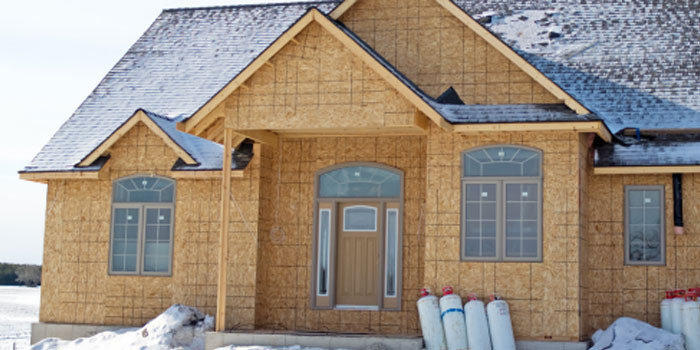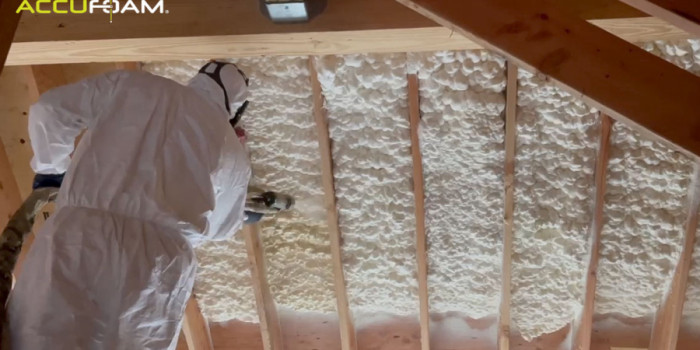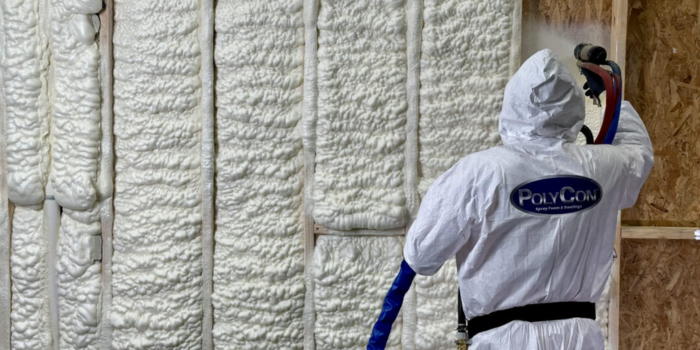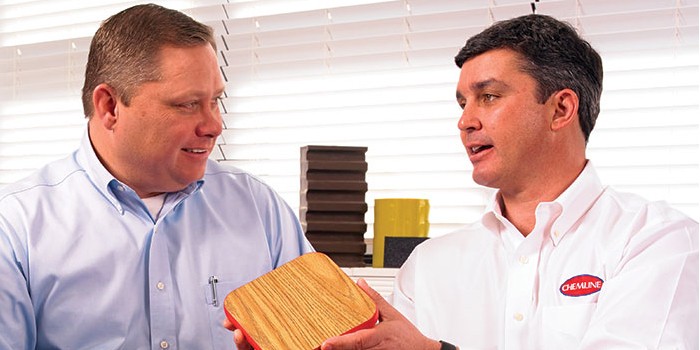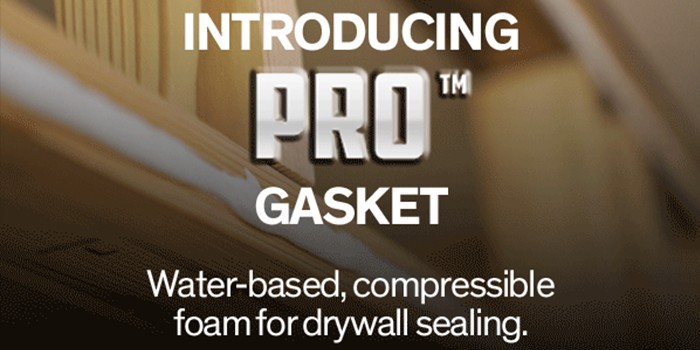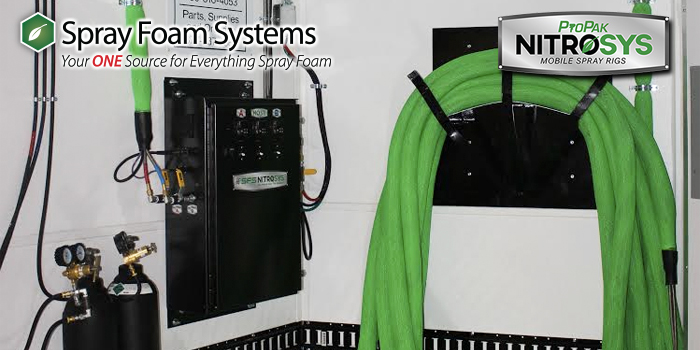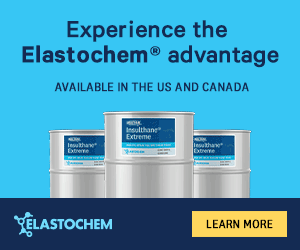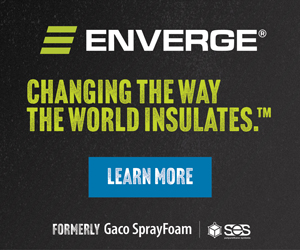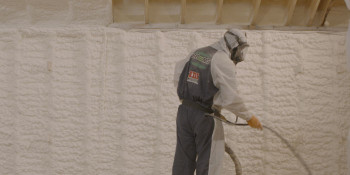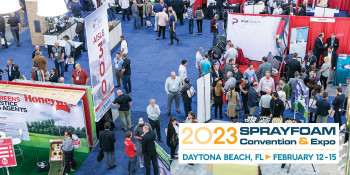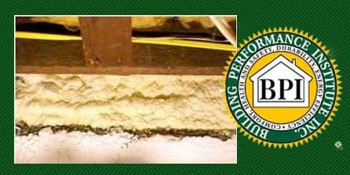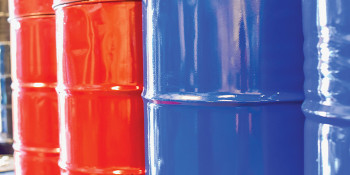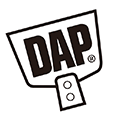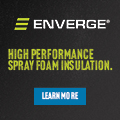The Lean to Green


Spray Foam Magazine – Fall Issue 2021 – Is it possible for spray foam to be considered a green building product? The following comparison of spray foam and mineral wool highlights the environmental impact of both insulations. Four categories are used to compare the products – Health and Safety, Durability, Life Cycle Valuation, and Energy Efficiency.
Health and Safety
Both spray foam and mineral wool have been subject to significant scrutiny regarding health and safety issues. Despite industry efforts to adapt countermeasures, the health and safety problems of mineral wool persist. Formaldehyde binders are at the centre of health concerns. Further, “concerns regarding mineral wool are not limited to the issue of carcinogenicity. Mineral wool is known to cause skin and lung abnormalities. Inhalation can lead to pulmonary fibrosis, a chronic disease accompanied by breathlessness that cannot be cured,” said Martin Banks, in the Brussels Express.
Similarities: Outgassing is a common concern of both products. The outgassing occurs relatively quickly with spray foam, within the first ninety days. With mineral wool, the outgassing of formaldehyde occurs during the manufacturing process. While two manufacturers of mineral wool insulation have announced that they will stop using formaldehyde binders in “at least some of their products”, no dates were provided, and no testing data is available to support the claims, mentions an article in Solar 365 the home of alternative energy.
Appropriate Personal Protection Equipment (PPE) must be worn during the installation of both spray foam and mineral wool. When the proper PPE is worn, the dangers are mitigated.
Significant Difference: The lack of a binding installation standard for mineral wool often means that the jobsite is inadequately protected. Airborne particulate from the mineral wool is dangerous. In fact, “there is some data which suggests mineral wool slivers in the lungs may cause cancer, by slicing DNA and causing cell mutation” says Scott Gibson, Green Building News.
Durability
Spray foam materials typically grade superior to fibre products when analyzing durability. Moisture resistance, rigidity and adhesion to substrate equate to a product that performs more efficiently. However, recent advancements to mineral wool insulation have made significant durability improvement.
Similarities: Spray foam and mineral wool are both resistant to moisture absorption. Each product has hydrophobic properties, and thus, resists mold growth. Further, if water is absorbed by both products, once dried, the materials retain their thermal resistance.
Once cured, spray foam maintains the initial performance properties for the life of the structure. Spray foam will not settle or deform. Likewise, the higher density mineral wool products are resistant to compaction.
Significant Differences: Spray foam is manufactured ‘in-situ’, and thus, the advertised thermal resistance is the installed property. Mineral wool advertises the laboratory tested thermal resistance of the material prior to manufacture, shipping, and installation. Transportation and installation are known to reduce the effectiveness of mineral wool.
Environmental factors such as wind have a negative impact on all insulations. However, the reduction in thermal resistance due to wind load is significantly less for spray foam than that of mineral fibre. The U.S. DOE studies cite air infiltration as responsible for 40 percent of the energy loss in homes. Given that spray foam is an air barrier material, the effects of wind pressure is not a detriment to thermal resistance.
Spray foam is the only FEMA Class 5 flood damage-resistant insulation. FEMA defines a flood damage-resistant material as any building product capable of withstanding direct and prolonged contact with floodwaters without sustaining significant damage. While mineral wool is water resistant, sustained exposure to water, and subsequent saturation, renders the product unusable.
Spray foam adds structural strength to assemblies. Factory Mutual measured spray foam’s adhesion to concrete at over 990psf of uplift pressure; and over 220psf of resistance to metal deck assemblies. The NAHB Research Centre concluded “during a design racking event such as a hurricane, there would be less permanent deformation of the wall elements and possibly less damage to a structure that was braced with SPF-filled walls.” Further, NAHB research demonstrated that spray foam “doubled the maximum average racking load of a plywood-clad wall assembly at 16-inch spacing and was 2.2 times the racking load at 24-inch spacing,” says Mason Knowles, NAHB Research Centre. The results also showed that a continuous three-inch layer of medium density spray foam can increase the wind uplift capacity by as much as three times that of the control roof panel, says Richard Duncan, SPFA.
Life Cycle Evaluation
When considering the environmental impact, mineral wool and spray foam insulation are both ideal installations. The product strengths and weaknesses are not completely aligned; however, cumulatively, each product has excellent CO2 reduction potential.
Similarities: The raw materials used in the manufacture of spray foam and mineral wool are typically found near the products’ manufacturing facilities.
Most mineral wool and spray foam manufacturers have facilities in North America. Thus, the distribution of the products is usually local.
Both insulation products contribute to the reduction in the amount of energy used from fossil fuels – the most important factor in promoting sustainability.
Spray foam has made significant changes to the blowing agent associated with outgassing. With the advent of HFO blowing agents, spray foams boast zero ozone depletion, and extremely low global warming potential.
Similarly, the rockwool industry has begun the process of reducing harmful emissions produced during the manufacturing process. The elimination of formaldehyde in some of the fibre products is an initial step towards lowering the pollution created during manufacture.
Significant Differences: The spray foam manufacturing process is relatively safe when compared to that of mineral wool. The spray foam ingredients are shipped in liquid form and are contained in sealed containers throughout the manufacturing process. There are very few pollutants emitted during the refining process.
Conversely, the mineral wool manufacturing process is the subject of significant concern. In the summer of 2018, protests escalated in the United States in response to the building of a mineral wool facility in West Virginia. Citizens Concerned About Rockwool said of the facility, in a handout entitled Stop Toxic Rockwool, “the use of both coal and slag causes the emissions to be toxic in nature…emissions are estimated at 470 tons of volatile organic compounds and 239 tons of nitrogen oxides a year.” Residents’ concerns do not seem to be unfounded: the plant is permitted to release a total of 310,291,620 pounds of regulated air pollutants annually (James Wilson, Founding Director of International Foundation for Better Governance). In Europe, Gary Cartwright has voiced concern about the pollution and related health risks connected to the manufacture of mineral wool: “an elevated standard mortality ratio for lung cancer has been demonstrated in cohorts of workers exposed to MMVF, especially in the early technological phase of mineral (rock slag) wool production.”
While both mineral wool and spray foam use minimal amounts of packaging, mineral wool packaging (plastic) is diverted directly to landfill facilities. Conversely, spray foam is delivered to the site in metal drums (recyclable), and reusable plastic totes.
Spray foam is delivered as a liquid and is expanded 100 times the shipping volume. The result is less energy used in distribution. Depending on the size of the structure, one spray foam truck can hold enough material for up to five projects.
Conversely, mineral wool is shipped by volume. Thus, a minimum of one trip is required for distribution of a project’s material requirements.
Both products are considered usable for the life of the structure. At the end-of-cycle deconstruction, both spray foam and mineral wool cannot be effectively reused. Both are disposed of at landfill sites. While spray foam will eventually degrade, the process is essentially infinite. Save for the chemicals added during the manufacturing process, rockwool is an organic material and will decompose naturally.
Energy Efficiency
Mineral wool and spray foam are thermal insulators – both products reduce the amount of energy used from fossil fuels. Regarding a product’s energy efficiency, three characteristics must be considered – ease of installation, protection against air infiltration, and protection against moisture.
Similarities: Mineral wool and spray foam have low thermal conductivity. Spray foam’s thermal resistance is consistently thirty percent greater than that of mineral wool. However, per inch thermal resistance is only an attribute when space for insulation is at a premium (retrofit applications, sloped ceilings).
Significant Difference: The performance of an insulation product is ultimately determined by how effectively the material is installed. Mineral wool is quite difficult to install – the material is dense and is labor intensive to cut and fit. Saws are required to cut mineral wool – the process is laborious. Mineral wool does not compress easily, and thus, squeezing the product into odd corners and around wires is difficult. As with all batt insulation, the extent of the care provided during installation is directly related to the effectiveness of the finished product.
Installing mineral wool is difficult, and thus, is a product often done by apprentices. Rarely is the installation done by product-dedicated tradespersons.
Spray foam installers typically handle the product daily. Further, spray foam can be installed/injected into small, irregular cavities.
Gaps and voids undermine a product’s value and can render any insulation ineffective. If any insulation is not completely tight to an exterior wall, convective loops occur behind the insulation and reduce the product’s thermal resistance by up to fifty percent. All board insulations, including rockwool, are susceptible to gaps caused by irregular surfaces. Spray foam is ideally suited for irregular surfaces. The product tenaciously bounds to the surface rather than being fitted.
Spray foam significantly reduces the gaps created by structural irregularities.
Air movement through a building increases energy use by up to forty percent, produces interstitial moisture issues and creates poor indoor air quality. Mineral wool does not prevent the movement of air through the thermal gradient.
Given that air cannot move through spray foam, neither can debris and organic material. This makes spray foam an effective barrier to mold. Conversely, while mineral wool material does not encourage mold growth by itself, the product can trap moisture and organic material much like a fiberglass filter. This process does contribute to mold growth.
Moisture created by vapor diffusion easily passes through mineral fibre. Transported moisture also contributes to creating the conditions necessary for organic material capture and subsequent mold growth.
Spray foam is a vapor retarder. Unlike conventional vapor retarders that provide a single plane of resistance, spray foam is resistant to moisture movement throughout the material. This provides consistent protection regardless of environmental conditions (i.e. reverse vapor drive in warm conditions).
Conclusion
All insulation materials reduce pollutant and greenhouse gas emissions by reducing heating and air-conditioning requirements of a building. This benefit almost always outweighs environmental problems associated with certain materials. All insulation materials strengthen local and regional economies by reducing expenditures on fossil fuels – generally imported from outside the region.
To be certain, insulation has the greatest potential for reducing CO2 emissions.
Mineral wool has advantages over many insulations – made from 75 percent recycled materials, low environmental impacts and a commitment to environmental improvement are a few. Similarly, spray foam provides an integral thermal/air/vapor barrier and the advantage of manufacturing the material specific to site requirements.
Mineral wool is often considered a ‘green’ product while spray foam struggles to reach this descriptor. However, labels can often be the result of marketing. When compared to mineral wool, spray foam is more durable, has significantly lower manufacturing emissions and does not contribute to mold growth. Simply put, there is no question that spray foam is an environmentally responsible product.
For more information on the environmental impact comparison of mineral wool and spray foam insulations to Genyk: Phone: 844-404-3695 // Website: www.genyk.com
*Spray Foam Magazine does not take editorial positions on particular issues; individual contributions to the magazine express the opinions of discrete authors unless explicitly labeled or otherwise stated. The inclusion of a particular piece in the magazine does not mean that individual staff members or editors concur with the editorial positions represented therein.
Disqus website name not provided.





